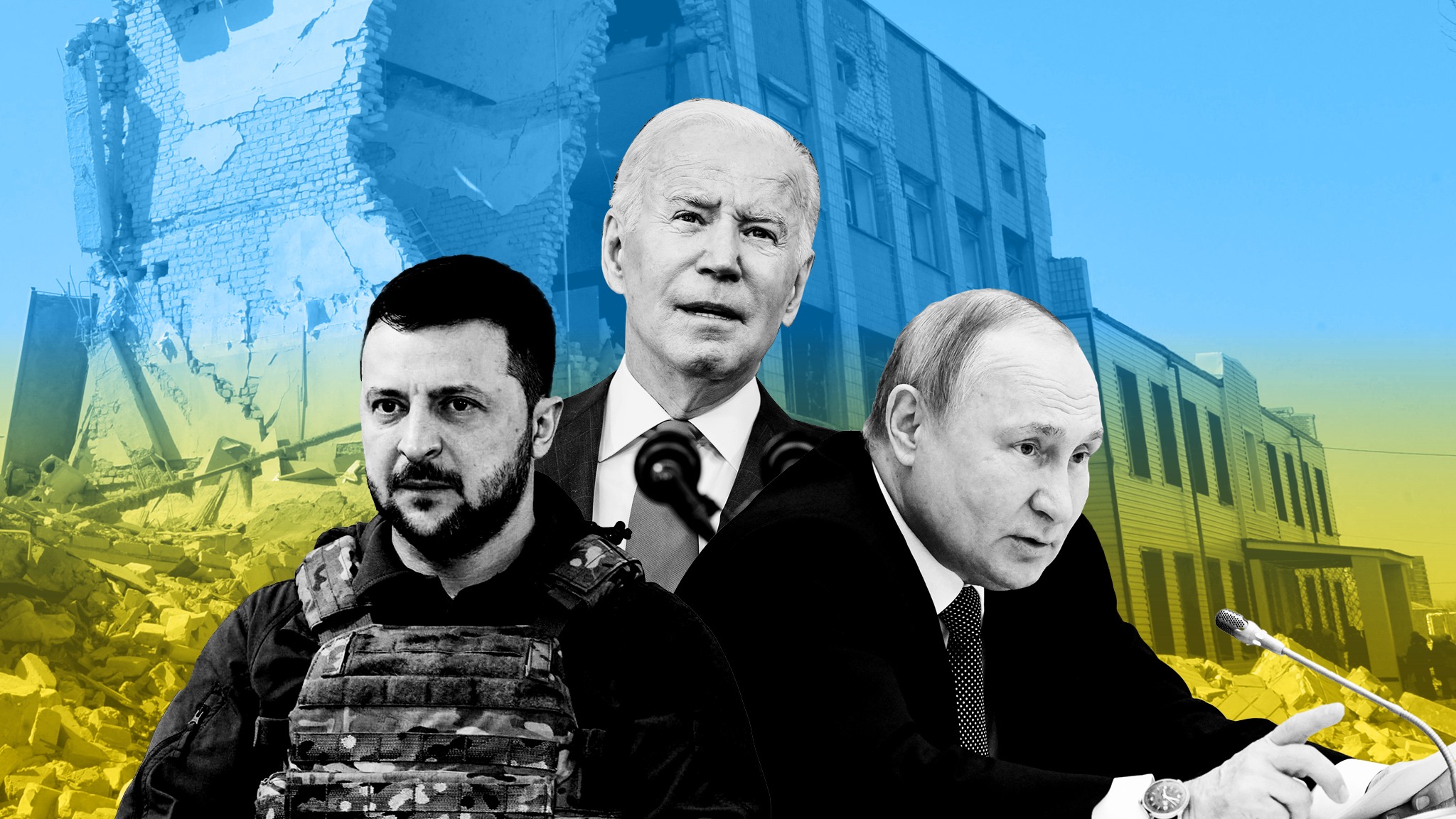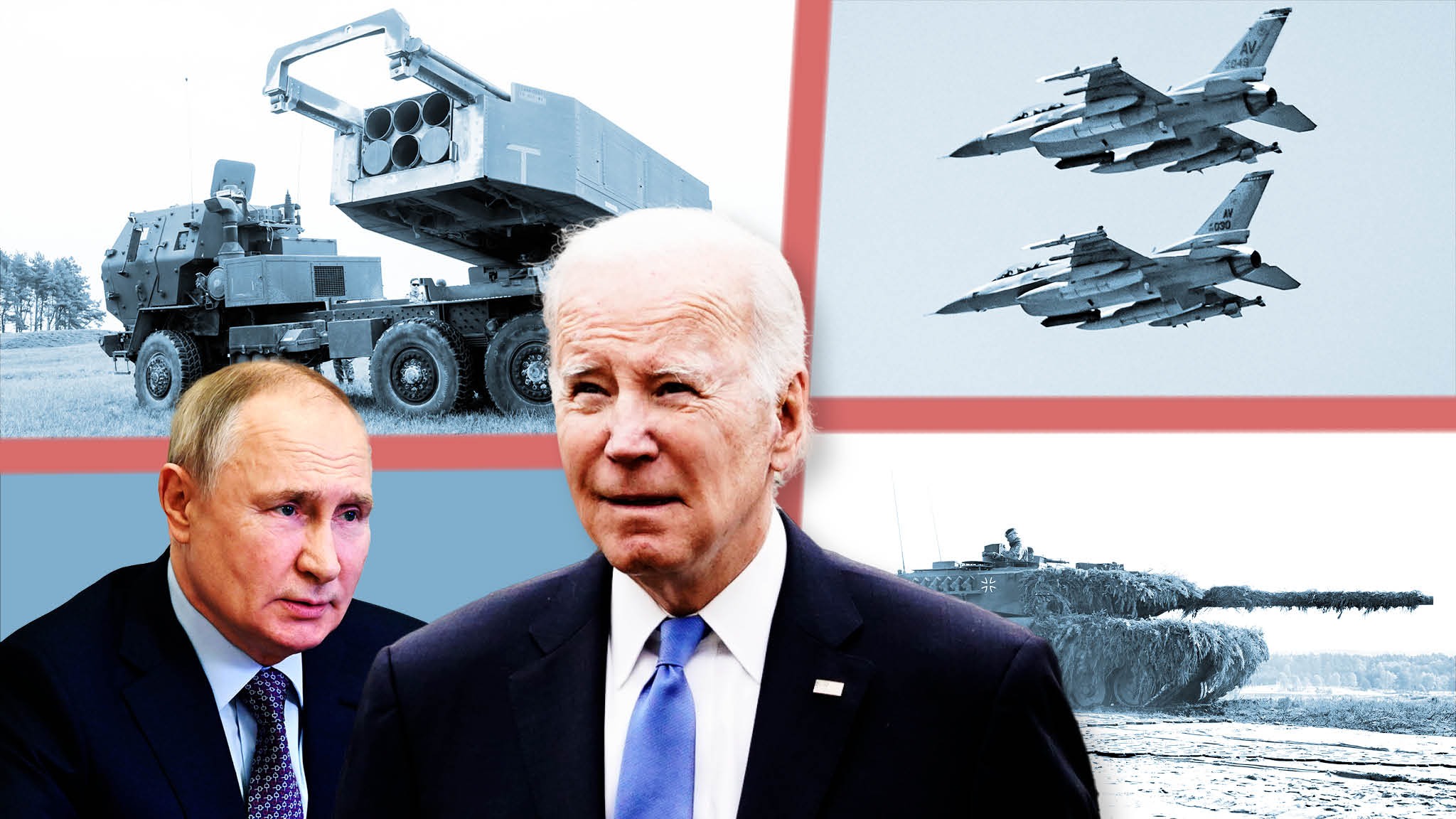War Can Be Ended In 2 Ways- Peace Treaty Or Nuclear Weapons: Dmitry Medvedev, Russian Ex-President
Dmitry Medvedev, ex-president, and Deputy head of Security Council of Russia, says that War can be ended quickly through peace treaties or nuclear weapons, citing example of USA.

War can be ended by Peace treaty or Nuclear Weapons
Dmitry Medvedev, the Deputy Head of the Russian Security Council, recently pointed out that any war, including the ongoing conflict between Russia and Ukraine as well as the World War, can be quickly ended by means of either the execution of a peace treaty or the deployment of nuclear weapons. He made these statements in an interview with the state-run TASS news agency of Russia.
Medvedev seems to be defending Russia’s stance to the Ukrainian conflict, by asserting that the nation instead of going towards nuclear weapons for ending the conflict soon, it had chosen a proportional use of force to apply global diplomatic pressure. He said this while making reference to the United States’ historical use of nuclear weapons in Hiroshima and Nagasaki during World War II.
Medvedev emphasized American operations in Japan while pointing out how the use of nuclear weapons fundamentally changed the conflict’s trajectory and caused Japan to submit. He stated that despite the terrible human cost—nearly 300,000 civilian lives were lost—such a forceful show of force had prompted the Japanese military to scale back its assault.
Further, according to Medvedev, the Russian “special military operation” in Ukraine may be promptly ended if NATO refrains from equipping Kiev. He underscored that the conflict within Ukraine could come to an end immediately if NATO members, particularly the United States, stopped supplying weapons.
If NATO, the US, and their vassals stopped supplying weapons and means of destruction to Ukraine, then the special military operation would be completed in just a few months, and if they stop supplying their weapons now, then their military operation will be over in a few days.
–Dmitry Medvedev
Complicated geopolitical dynamics and local tensions have been prominent features of the continuing war between Russia and Ukraine. While determining who is to blame for the conflict is a complex process, it is crucial to take into account how several parties, notably the United States, influenced the course of events. Even while it would be an extremely simplified interpretation to completely attribute the Russia-Ukraine conflict on the United States, its presence and impact have been substantial in several aspects.
The historical growth of NATO is one of the main causes of the strained ties between the United States and Russia. Several former Eastern Bloc nations, notably those bordering Russia, have joined NATO as a result of its expansion. NATO is a military alliance that was first created to oppose the Soviet Union during the Cold War. This NATO expansion has sparked worries in Russia about encroaching on its territorial integrity and a diminution of its area of control. Friction between Russia and the United States, particularly in respect to Ukraine, have risen as a result of these worries.

The United States has given Ukraine both financial and military assistance in response to the crisis, providing non-lethal supplies as well as training for Ukrainian military forces. Although it has been said that the goal of this support is to strengthen Ukraine’s capacity to defend itself and uphold its territorial integrity, Russia sees it as a provocation and an intrusion into its area of control.
The Secretary of the Security Council of the Russian Federation, Nikolai Patrushev, claimed last month that although Ukraine first demonstrated a readiness to resolve the issue with Russia, it finally gave in to pressure from the United States. Patrushev emphasized that the Ukrainian government had submitted formal proposals for a peace treaty, which Russia had in principle endorsed, but asserted that US intervention was impeding the development of a peaceful settlement.
The first conversation between Russia and Ukraine, according to Patrushev, occurred in Belarus in February 2022. Ukrainian authorities made clear that they were prepared to accept a peace treaty at these negotiations, indicating that they wanted to use diplomacy to end the current conflict. Russia responded favourably to the Ukraine’s suggestions, showing support for the prospective accord. However, Ukraine then went back on its word.
Patrushev identified the main cause of the peace process’ failure as outside forces, notably those coming from the United States. He claimed that US pressure on the Ukrainian government led them to abandon their earlier commitment to a peaceful resolution of the war. Since the beginning of the conflict in Ukraine, there have been tensions in the region, and the participation of outside parties has greatly influenced how the conflict has developed.

As a result of their close proximity, shared culture, and shared history, neighboring nations have a special link. In their case, therefore, it is essential to look for peaceful solutions to issues between these countries through discussions and accords. Through dialogue, the parties are able to voice their grievances, identify areas of shared interest, and work toward solutions that will benefit both sides.
Interference from outside parties frequently exacerbates tensions and widens rifts between neighbors, especially when they supply armaments and lethal weapons. Such meddling has the potential to increase militarization, escalate hostilities, and prolong wars rather than promoting peace and stability. The conflict between Ukraine and Russia is a powerful illustration of how the participation of outside parties in providing weaponry to one side or the other has aided in the conflict’s development and continuation.
As the Russia-Ukraine crisis rages on, it is essential for all sides to hold substantive discussions, put aside outside influences, and strive for a lasting, peaceful settlement that respects the goals and interests of both Ukraine and Russia. The USA has taken a very safe approach, claiming that they are fighting for Ukraine’s sovereignty, even though everyone around the globe knows what its actual intentions are.
Additionally, as Medvedev noted, the choice by the United States to use nuclear bombs in Hiroshima and Nagasaki during World War II is still a matter of ethical discussion. These bombs should serve as a sobering reminder of the disastrous effects linked with the use of nuclear weapons due to their unprecedented damage and loss of innocent life. The death toll and lingering effects on the afflicted areas show how much it cost to put an end to the war.
Russia, in contrast, takes a calm and controlled response to the current crisis in Ukraine, as evidenced by its authorities. Russia has underlined the value of diplomatic dialogue and peace treaties as workable avenues for settlement rather than turning to drastic measures.
However, when the USA interfered and caused such peaceful discussions to fail, it employed force and weaponry as a justifiable force to further its goals, showing its commitment to minimizing fatalities and maintaining regional stability as much as it was feasible while proving its point. Understanding Russia’s controlled strategy in the Ukraine war does not include support for or defense of all of their actions. However, it recognizes the value of de-escalation and communication between two nations free from the intrusion of a world bully with malicious intentions.
Medvedev described the Russian army as “heroic,” praising its fortitude and efficiency in doing its duty. He emphasized the military’s capability to safeguard Russian interests and respond to challenges from the outside by expressing his trust in it.
It is crucial to remember that Medvedev’s remarks about a peace treaty or nuclear weapons ending any form of war may cause a stir in the international community, but they really represent Russia’s position on the crisis in Ukraine in light of previous events that have already occurred. The Russian official attempts to underline the necessity for a peaceful settlement to the situation while underlining the proportionality of Russia’s actions thus far by drawing comparisons to previous events and noting the potential implications of nuclear deployment.
While the Ukrainian situation worsens, every participant concerned must seek diplomatic avenues for de-escalation and engage in discussions to secure a peaceful end. The international community needs to carefully evaluate the intricacies of the issue and strive toward a solution that respects all interested states’ sovereignty and security interests. We can negotiate complicated global difficulties and aim for a more peaceful and harmonious world by embracing diplomatic efforts, empathy, and international collaboration.



